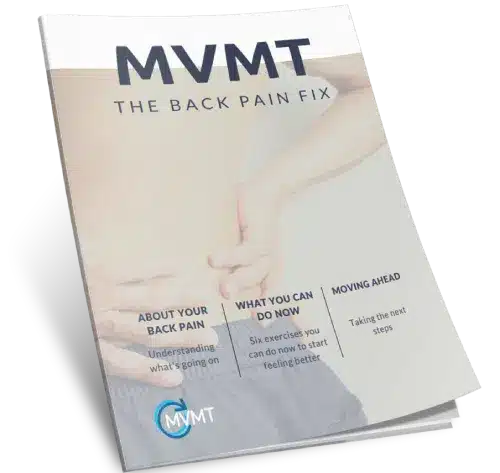The Sports Injury Expert In New York City Has A Question...
Are You Suffering With a sports injury?
If the Answer is YES! Then Congratulations, You’ve Found Mark Lusk, The Leading Sports Injury Expert In New York City…

If the Answer is YES! Then Congratulations, You’ve Found Mark Lusk, The Leading Sports Injury Expert In New York City…


Over his years as a PT, Mark has been the resident therapist on over 60 Broadway shows helping cast & crew stay fit and healthy during the run of their shows!

Mark has written several free expert reports packed with proven, natural pain relief strategies that help people enjoy a busy, active lifestyle doing what they love.

Mark is a trusted referral partner of several top NYC personal trainers due to his knowledge and expertise, and they know how good Mark is because they are past clients of his!

Over the last seven years, Mark has become will know for his manual therapy class that he teaches with the Institute of Physical Art.
Discover how people who visited our clinic in New York City have had their Sports Injuries and Pain eliminated so they can return to an active life without painkillers, injections or surgery.
“Prior to seeing Mark, I wasn’t able to put my shoes on or play with my dog, now I feel better than ever!“
“After a surgery, 3 physical therapists, and over 2 years of struggling through a major back injury, working with Mark Lusk was the key turning point in my recovery.”
“Mark finally got me out of chronic pain and back in the game when other doctors and PTs had failed.“
Are you unsure if Physical Therapy is right for you? Would you prefer to talk with a Physical Therapist before making a decision? All you have to do is click the link below to fill out a simple form.
If you’re not quite ready to book an appointment yet and have some questions you would like answered first, click the link below to complete the form.
Simple stretches you can do right now to ease tightness in your back
How you can naturally relieve back pain without resorting to pills
3 proven ways to help stabilize your core and take the pressure off your back
The best sleeping position for back pain sufferer in desperate need of a good night's sleep
Simply Complete The Short Form and We’ll Email You Your FREE REPORT

35 W 35th St, #301, New York, NY 10001
Monday – Friday7:00am – 8:00pm
SaturdayAppointment Only
Sunday Closed
Resident Therapist For Over 60 Of The Biggest Broadway Shows!
Trusted Referral Partner of Several Top NYC Personal Trainers
To speak to NYC’s Sports Injury Expert, Mark Lusk, call (646) 430-5717
Or Visit our clinic for FREE in a Discovery Visit
© 2024, Sports Injury Expert NYC, All Rights Reserved